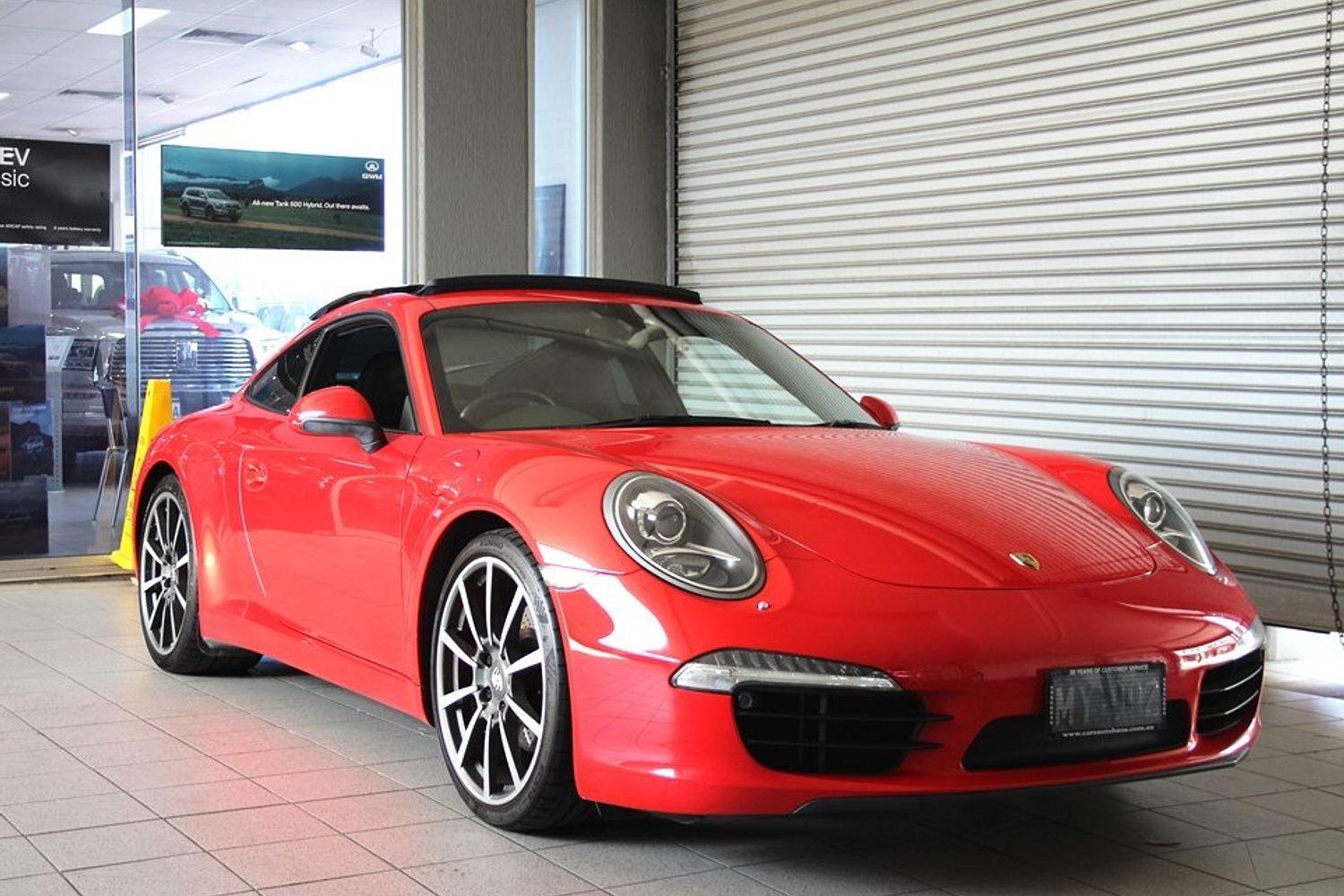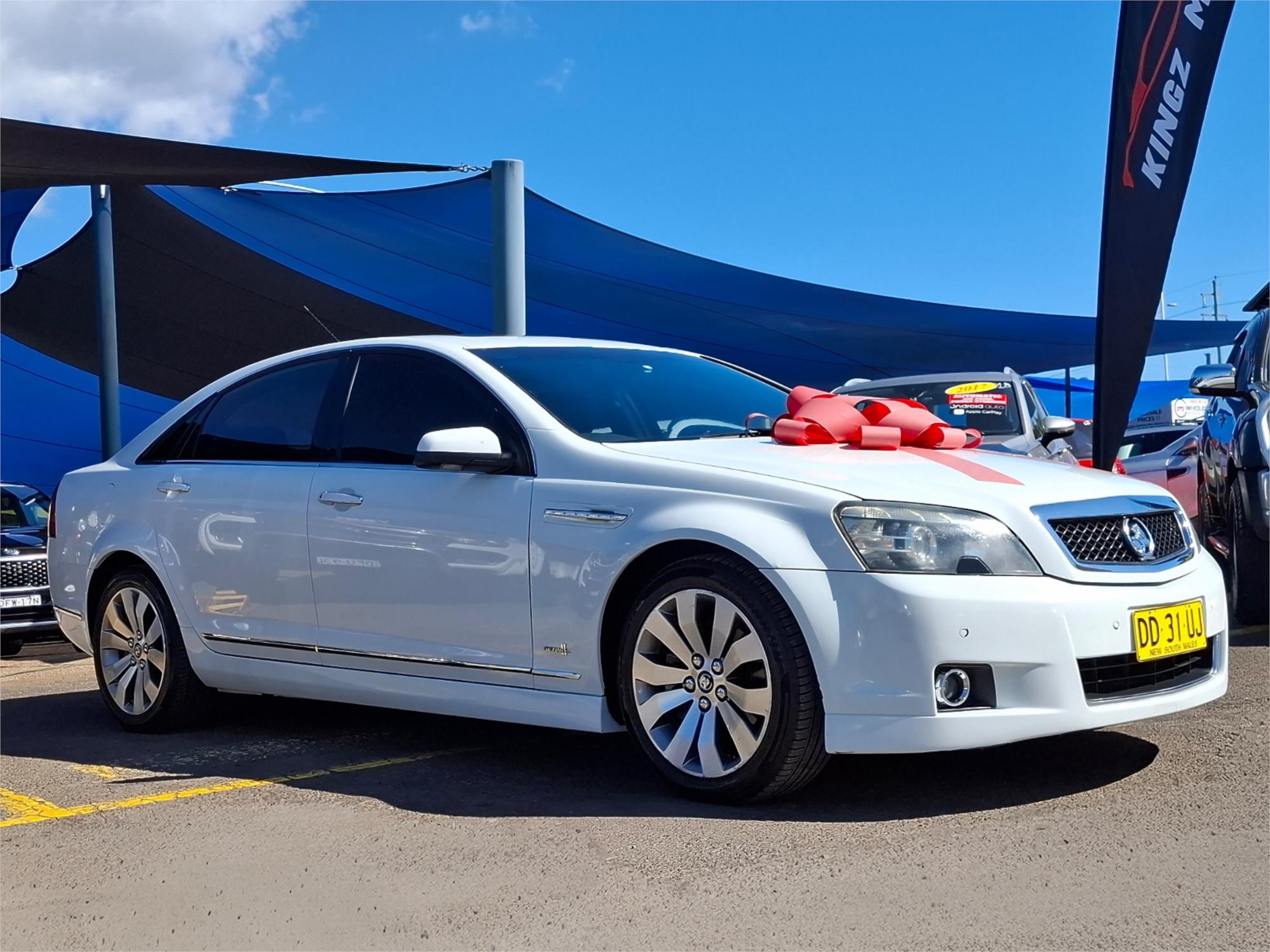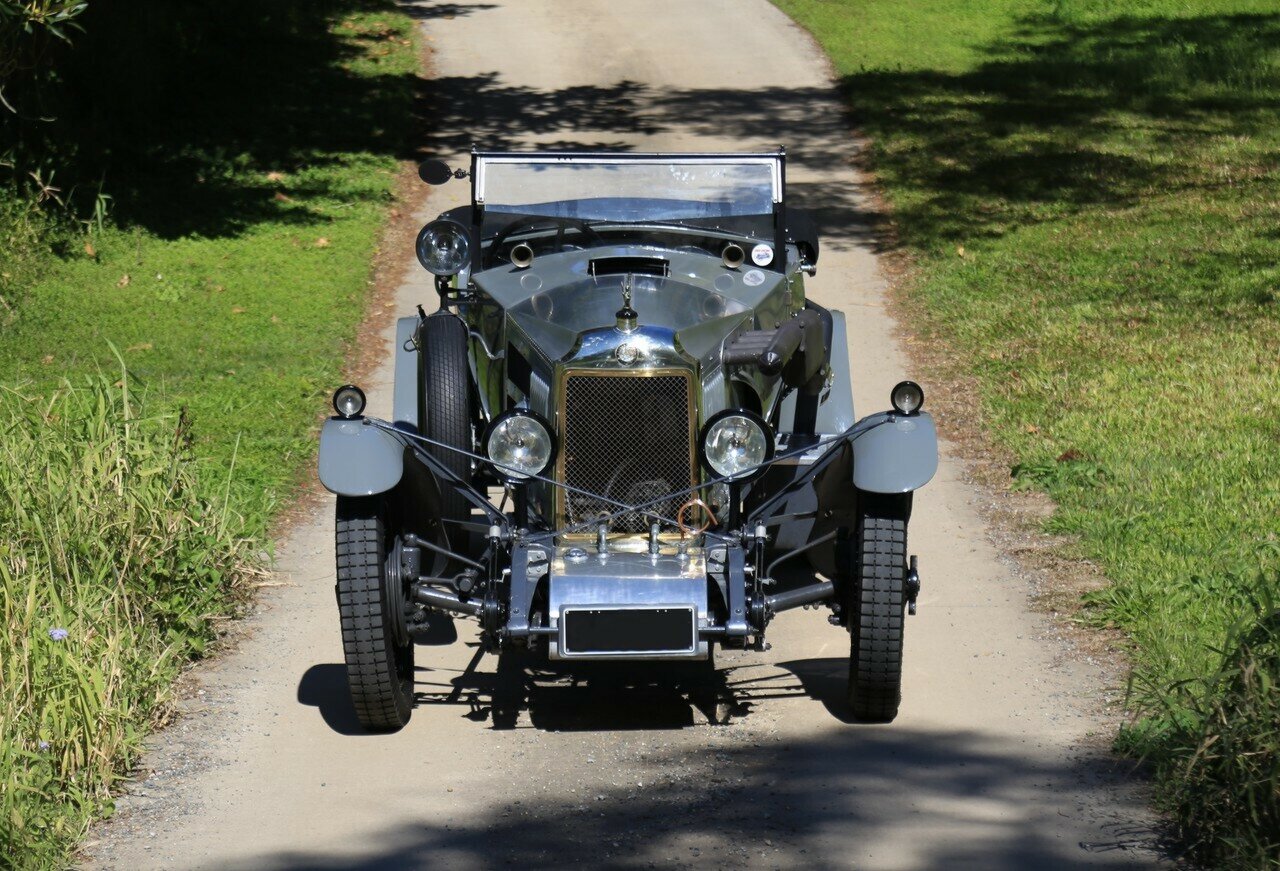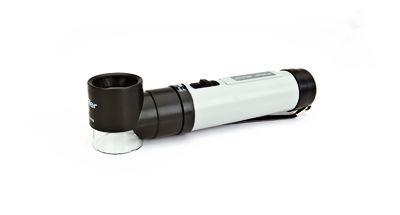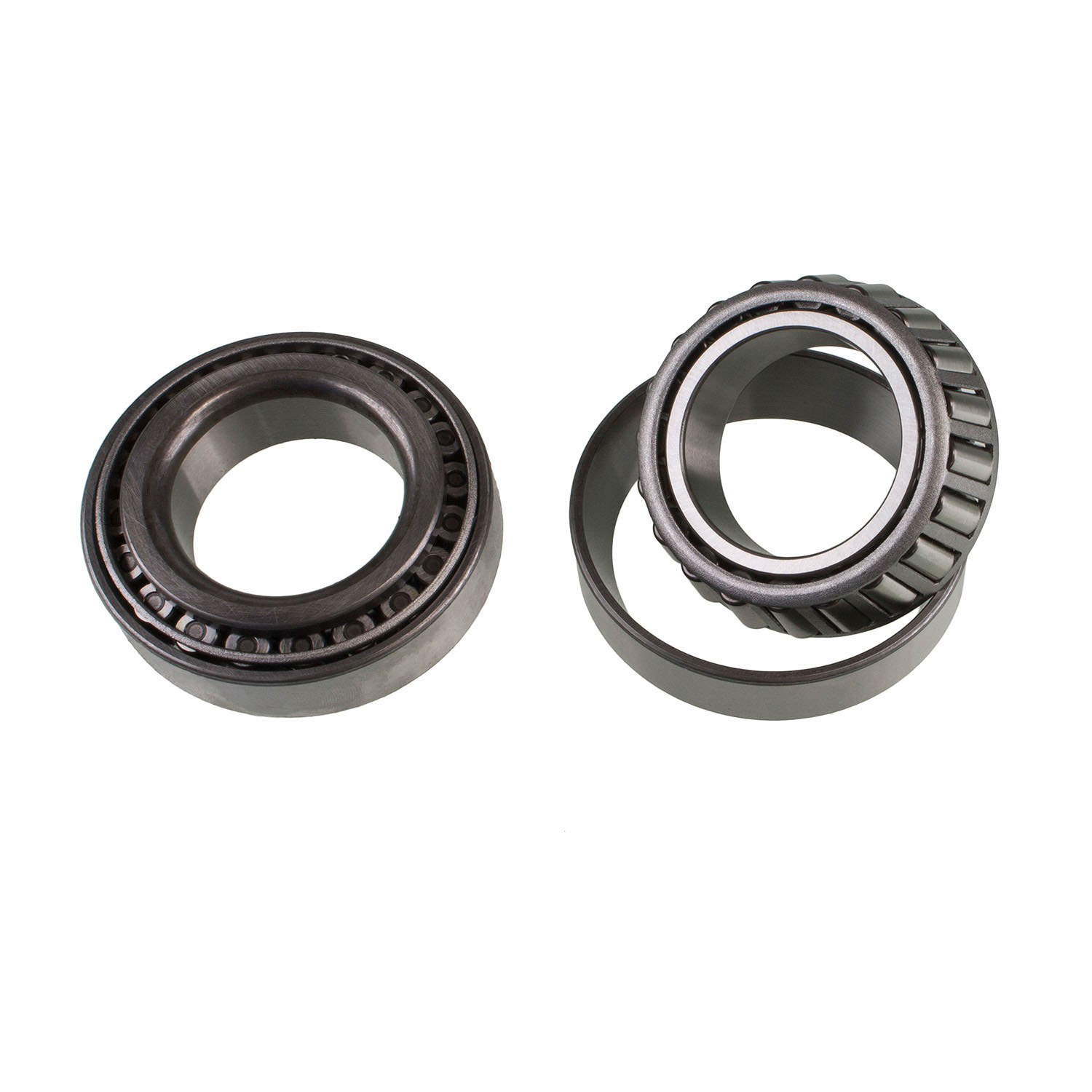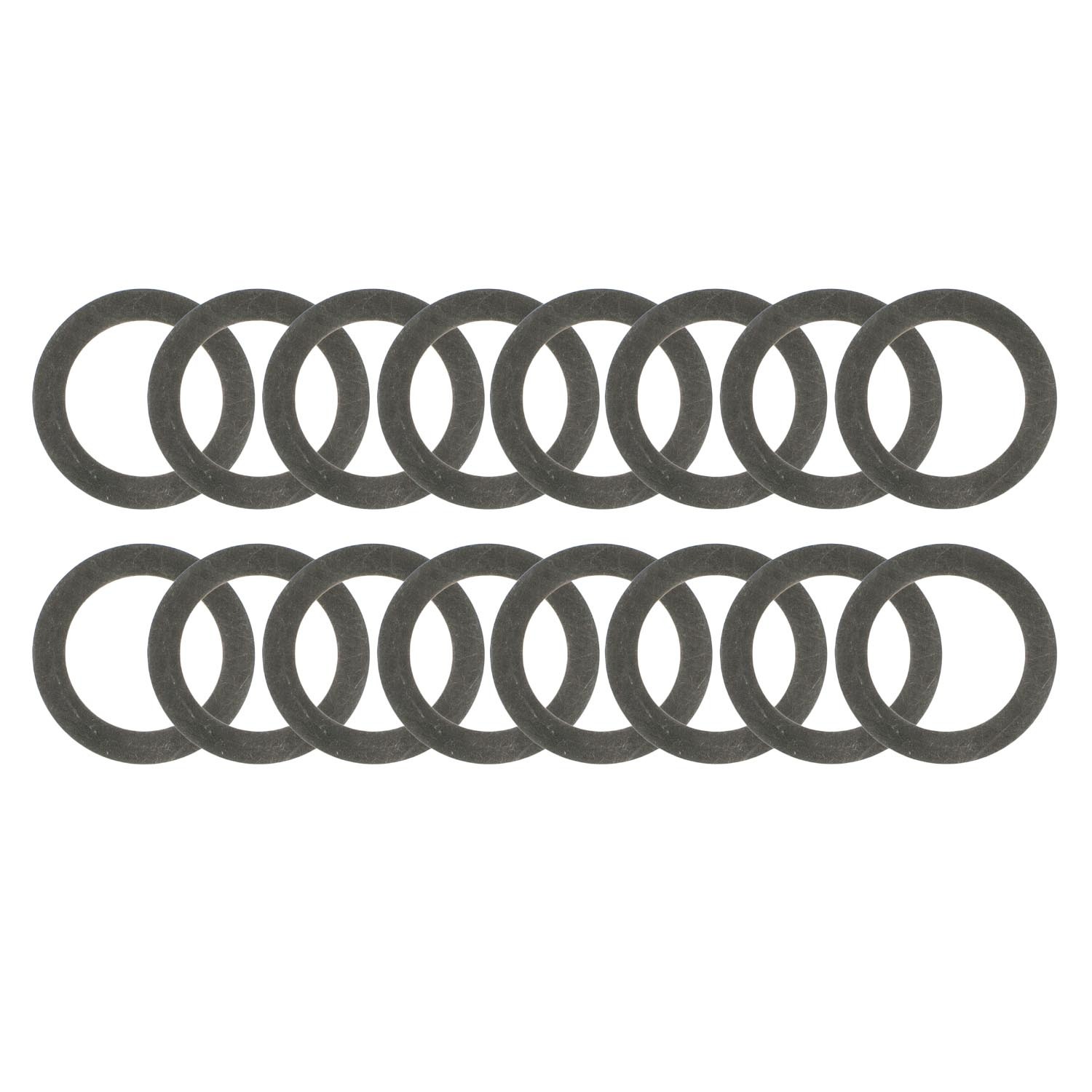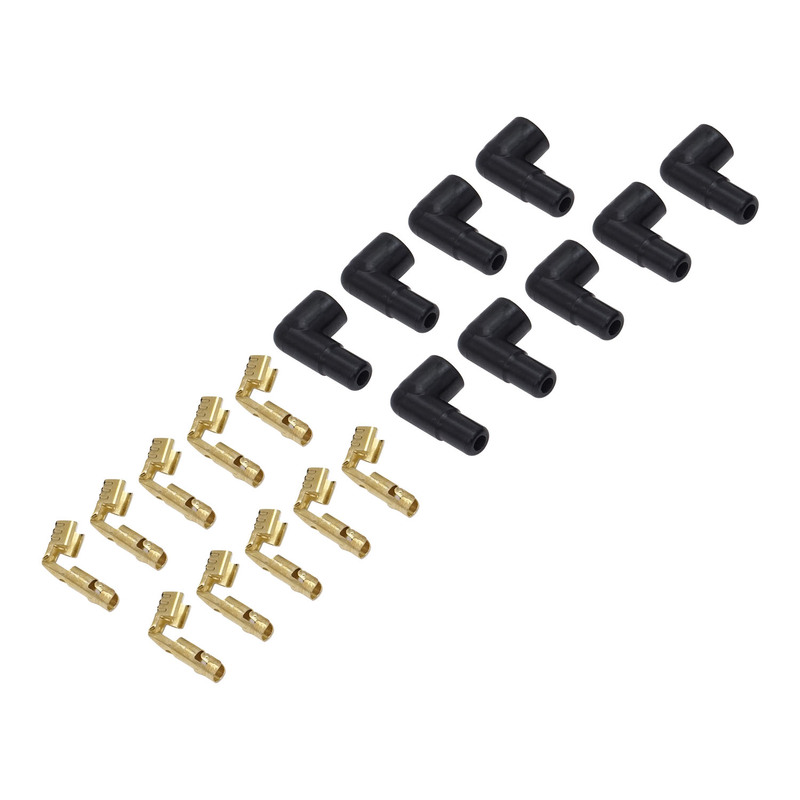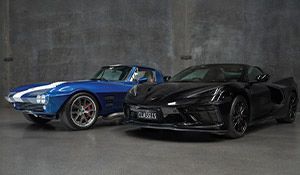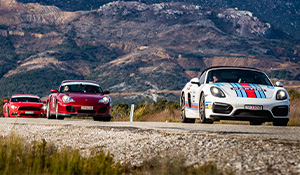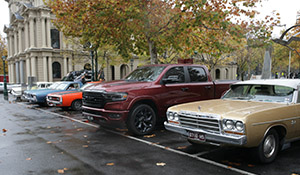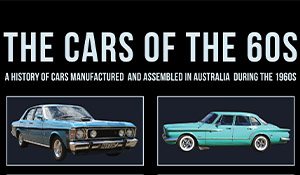Audi reveals new flagship A8
According to Audi chairman Rupert Sadler, the car combines numerous functions in a new and intelligent way and he describes the A8 as the sportiest sedan in its segment. "And it's unmatched in the stylistic elements and impression of the interior," he added. A remarkably strong but lightweight car, the big Audi continues the brand's use of an aluminium space frame chassis and alloy body panels. The aluminium Audi Space Frame (ASF) body actually weighs about 40 percent less than a comparable steel structure.
The big news is the engines and while the V10 that's used in the super sporty S8 will be dropped, new V8 petrol and turbo-diesel engines have been developed. Initially there will be two engine choices - a 273kW/445Nm 4.2-litre direct-injected FSI petrol V8 and the other is a mighty twin-turbo 4.2-litre TDI turbo-diesel that boasts 258kW and a monumental 800Nm of maximum torque that is on tap between 1750 and 2750rpm. While the petrol V8 can sprint to 100km/h in 5.7 seconds, the remarkable turbo-diesel powerplant can stop the clock in just 5.5 seconds.
For the petrol engine, Audi claims a combined fuel consumption figure of 9.5-litres/100km - a 1.4-litre or 13 percent improvement on its predecessor's figure - and a CO2 emissions figure of 219g/km. The news is even better for the twin-turbo diesel. Despite 18kW more power and a hefty 150Nm more torque, the engine can return a combined fuel consumption figure of just 7.6-litres/100km - 1.8-litres or 19 percent less thirsty than the current model. The CO2 figure is 199g/km. The two V8 engines will be followed by a three-litre 184kW TDI that has more power and torque than the current engine but it is significantly more fuel efficient. Audi says a second three-litre TDI will follow at a later date and this 150kW version will power a front-wheel drive A8 and achieve a combined fuel consumption figure of a remarkable six litres/100km and an emissions figure of 159g/km. All engines will be mated with a new eight-speed tiptronic automatic and its control system is purely electronic, operated with a selector level and rocker switches at the steering wheel.
The A8's quattro permanent all-wheel drive has a distinct sporty and rear end character. While under normal driving conditions, its mechanical centre differential delivers 60 percent of the torque to the rear wheels and 40 percent to the front, if the system senses a loss of traction, the differential sends a larger proportion of the torque to the axle with the most traction.
The optional sport differential (it's standard on the 4.2 TDI) dynamically distributes the forces between the rear wheels. The new A8 is a car of impressive dimensions. It is 5137mm long, 1949mm wide, 1460mm high and it rides on a 2992mm wheelbase.
Interestingly, while it is longer and wider than its predecessor - and its competitors - its height is actually lower than the S-class Benz and the 7-series Beamer and this helps the 4.2 V8 FSI petrol A8 achieve a seriously impressive drag coefficient of just 0.26. All the new A8s come with speed dependent servotronic steering and like its A4 sibling, the car's steering gear is set low and well towards the front of the car.
The dynamic steering system works closely with the ESP system and if necessary it slightly counter steers in the handling limits during cornering to reduce understeer or oversteer. The ESP can be switched off and it has a "sport" mode. Using the new MMI system to operate the adaptive air suspension, the A8 driver can choose between "comfort", "auto" and "dynamic" settings. There is also an "individual" setting that the driver can dial up to suit his or her personal preference. To increase stability, reduce drag and improve fuel economy, the adaptive air suspension can lower the body by up to 25mm.
Another high-end technology offering for the new A8 is LED headlights that use light emitting diodes for all light functions. The revolutionary optics differ from the tubular light modules commonly used today and Audi premiered this technology on the R8 sports car. The A8 also runs Audi's signature LED daytime running lights. As well as the full suite of airbags, the new A8 has a new crash-predicting "Pre-Sense" system that analyses data from the stability control system if it senses the car is out of control and a collision is imminent. If this happens, the system closes all the windows, activates the hazard lights and tensions the seatbelts. Higher-spec models have a more advanced version of the Pre-Sense system and adaptive cruise control will also be on the options menu.
In the creature comfort department there is a standard 10-speaker audio system with a digital radio and digital TV tuner. Mid-spec models get a 14 speaker unit and the remarkable 19 speaker, 1400 watt Bang and Olufsen premium system is available.
An earlier new arrival to Audi Australia's model line-up is the just released A5 Sportback quattro - the third variant of A5 range.
Armed with the style of a coupe, the roominess of a sedan and the load carrying space and flexibility of a wagon, the new five-door offering is priced at $78,400 (plus dealer and statutory charges) for the two-litre FSI petrol version and $89,100 for the three-litre turbo-diesel TDI model. Both use Audi's seven-speed dual-clutch S-tronic transmission.
The 155kW 2.0 TFSI's 350Nm of torque is on tap all the way from 1500 to 4200rpm and Audi claims a sprint time to 100km/h of 6.6 seconds and a combined fuel consumption figure of 7.5-litres/100km.
The V6 3.0 TDI delivers 176kW of peak power and a thumping 500Nm of torque between 1500 and 3000rpm. The dash to 100km/h takes a sports car-like 6.1 seconds and Audi says buyers can look forward to a fuel consumption figure of just 6.6-litres/100km.
Both versions come with a recuperation system that recovers energy during braking and deceleration for temporary storage in the battery.
Inside the car, a spacious interior for four features along with a large luggage compartment that increases from 480 to 980-litres when the rear seats are folded. Standard kit will include eight airbags, 17-inch alloy wheels for 2.0 TFSI and 18s for the 3.0 TDI, a 6.5-inch colour screen, Audi music interface, electric front and rear windows, an electro mechanical parking brake, three zone automatic air conditioning with a sun sensor, a "concert" sound system with a single-disc CD player, servotronic speed dependent power steering, a multi-function, leather wrapped sports steering wheel.
Also on the menu is Bluetooth mobile phone preparation, full keyless entry and start function, Audi's parking system (rear only for 2.0 TFSI and front and rear for 3.0 TDI), xenon-plus headlights with LED daytime driving lights, cruise control, a front centre armrest, an interior lighting package, electric front seats with four-way lumbar support, Milano leather seats and split folding rear seats.
To round off the model range, the seriously sporty S5 Sportback quattro that was unveiled at last year's Frankfurt motor show is expected to arrive in Australian dealer showrooms in the middle of this year.
Powered by a three-litre TFSI petrol engine, pricing is expected to be around $130,000.
Ian Crawford
Primary Image: Download
Secondary Image: Download
Secondary Image: Download
Secondary Image: Download
Secondary Image: Download







